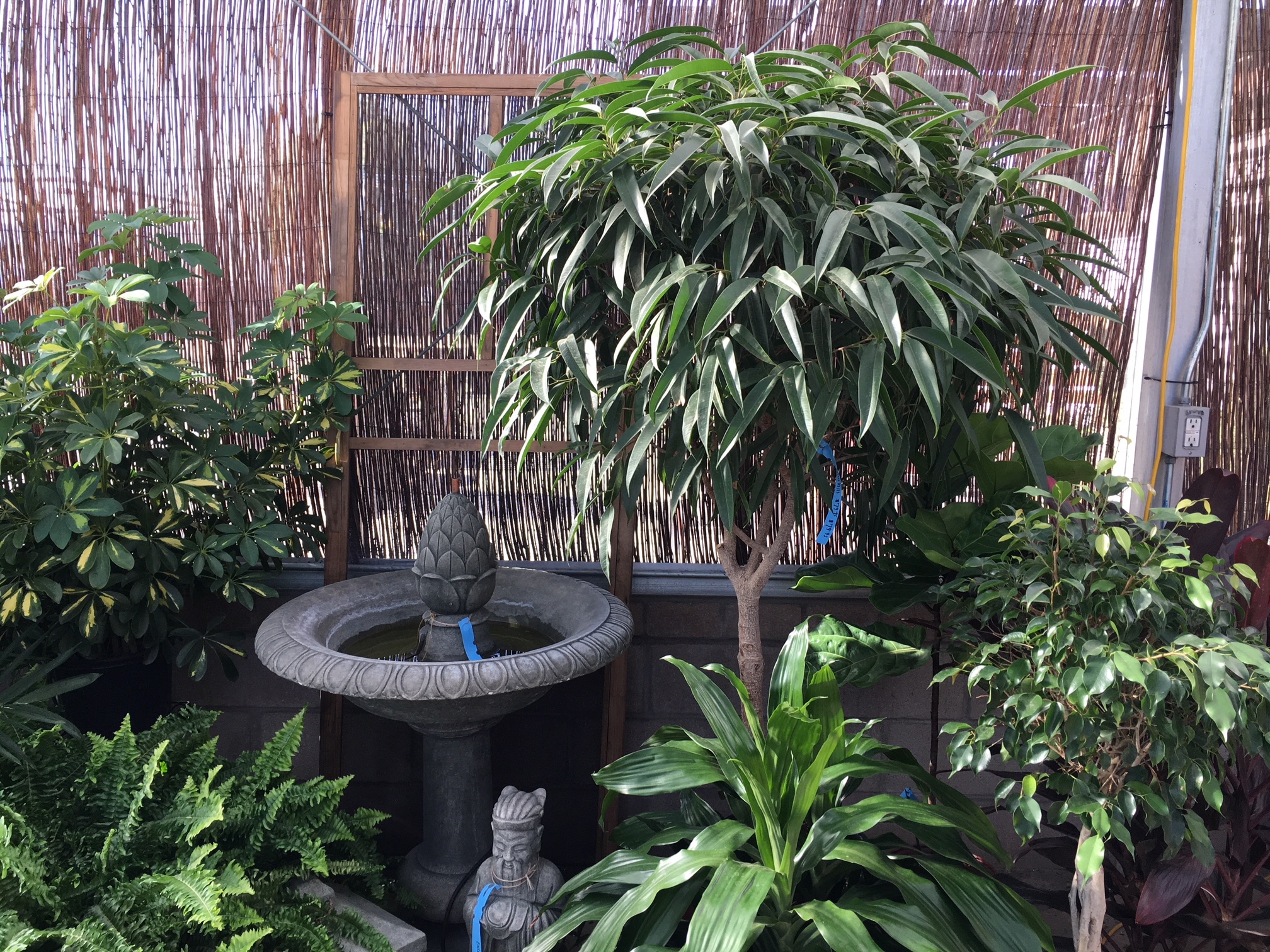Now is the perfect time for indoor planting projects with the arrival of cooler temperatures. Are you interested in creating your own indoor garden? Have you thought about planting your own terrarium? Or succulent garden? Or herb garden? Are you ready for some new houseplants to not only decorate your home but clean the air as well? Or re-pot existing houseplants to get them ready for the winter season?
You are welcome to visit Creek Side Gardens anytime to create your own personalized garden, select a new houseplant or receive expert houseplant advise. Your Green Team staff of gardening experts will help you plan and plant/ assemble your creation or re-pot your houseplant!
For new indoor garden creation, the steps involved are similar for each type of garden – terrarium, succulents or herbs. Number one, choose a container to plant the garden into. Number two, choose the plants that you would like. Number three, place the plants into the container. If you purchase the container and plants from Creek Side Gardens, we will provide the workspace and planting soil to get your project done. Number four, include decorative materials if appropriate. Number five, water the plants in and take your beautiful creation home!
Creek Side offers a good selection of starter plants and containers of all sizes for planting yourself. You have the fun of customizing it exactly as you would like it look. And within your budget! Ask your Green Team member for details and we’ll show you how it’s done!
Did you know houseplants are awesome indoor air cleaners, but some of them are more effective than others at filtering out pollutants and toxic chemicals in the air. NASA’s Clean Air study found the plants below are effective at removing benzene, formaldehyde, and trichloroethylene, xylene, and ammonia from the air—chemicals that have been linked to health effects like headaches and eye irritation.
The “secret” to success with taking care of house plants is to create the same ideal conditions as they would enjoy in their native habitat. Consider light levels first and foremost. Then match your watering practices in conjunction with the light level and the type of plant. We’ll show you how. Read More Here

